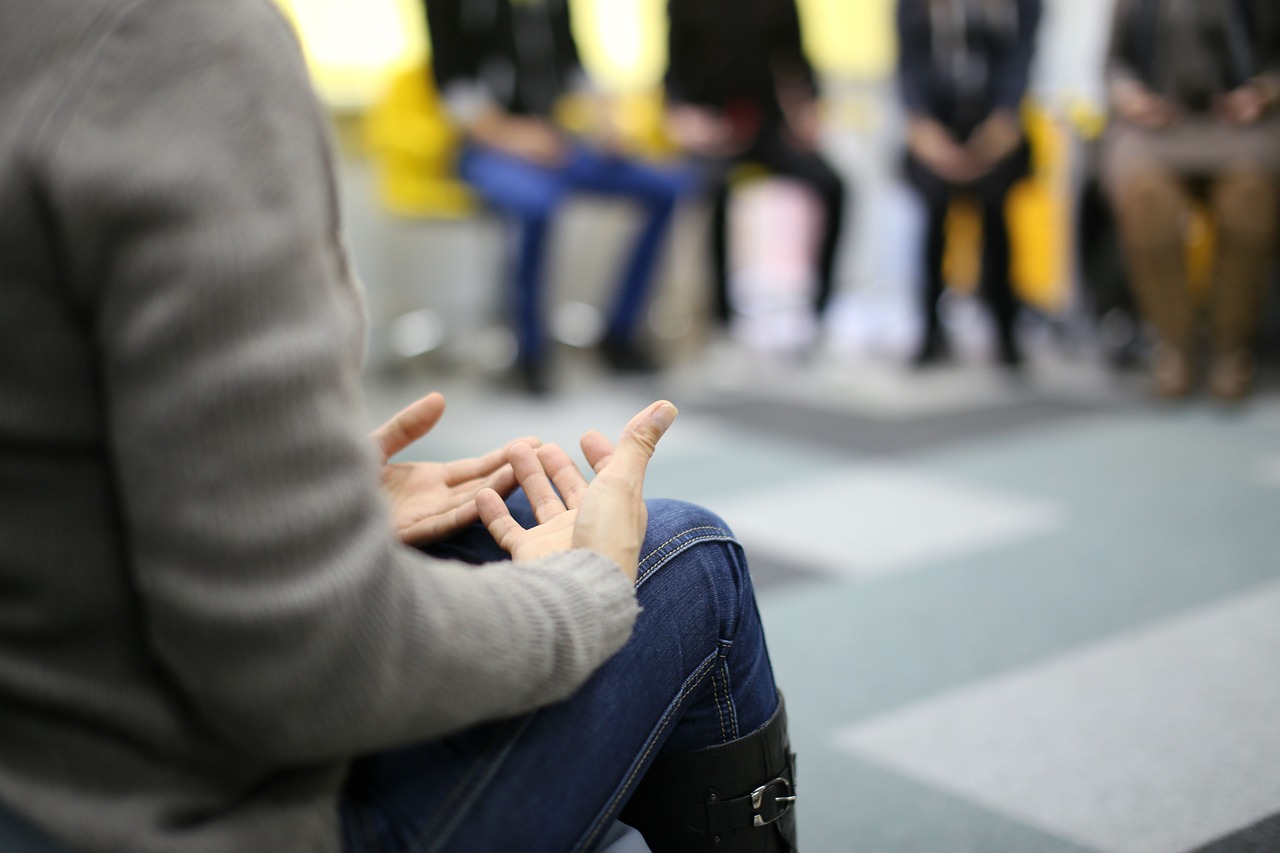
Restorative Practice and Restorative Conversations Social Work Online Team Training Toolkit
The restorative conversation. A restorative approach separates the child from the behaviour but supports an understanding of the child's own culpability and the harm that has been caused to others. Adults ensure when discussing an incident the child knows they are listened to. When restorative conversations become part of the fabric of.
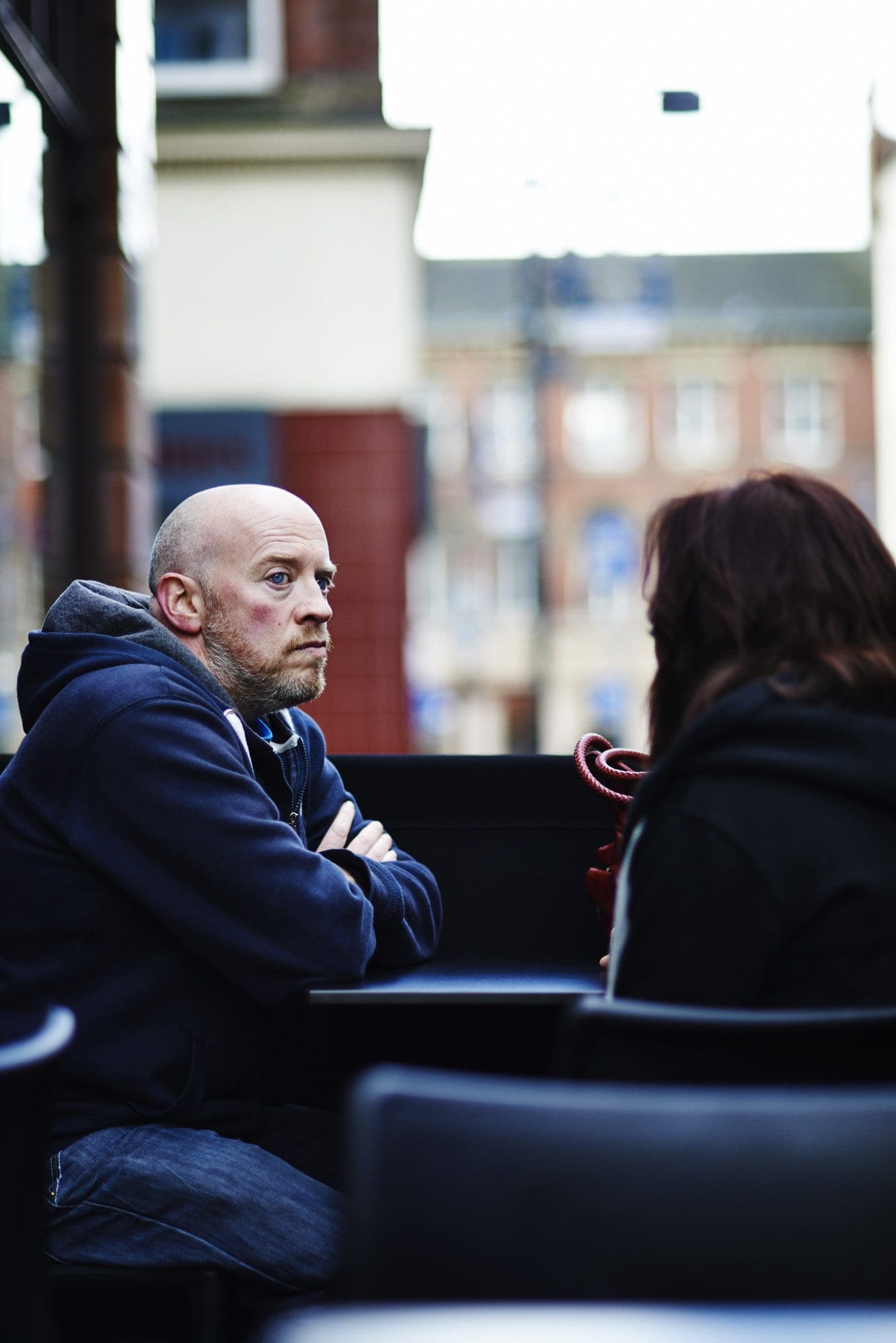
6 Steps for a Restorative Conversation Relate NI
Research has demonstrated restorative conversations contribute to improved attendance and aspects of school climate such as safety and connectedness. They also advance racial, gender, disability, and economic equity, as exclusionary discipline rates (e.g., suspensions that take students out of their classes), are significantly reduced among.
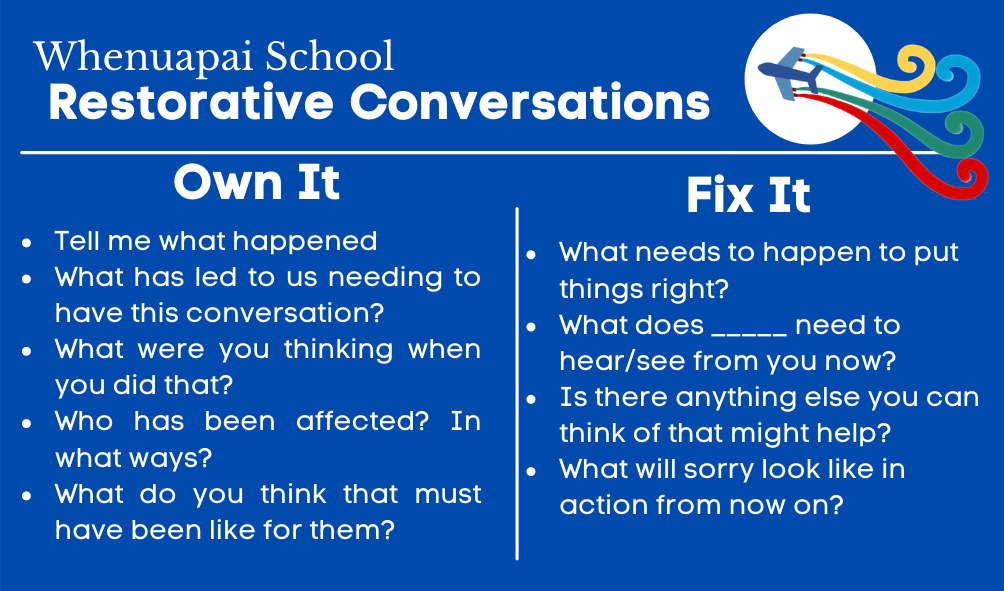
Restorative Practice Whenuapai School
Introduction to Restorative Conversations A Restorative Conversation is a guided conversation that addresses a behavior, conflict, or concern from the perspective of the initiator (person leading the conversation) and the individual (person invited to participate in the conversation). By focusing on building common ground at the beginning,

Restorative Conversations in Action! (Part 2) YouTube
Restorative conversations are a short (5-10 minute) dialogue between two people. Typically, this occurs between a teacher and student; however, it can be used in almost any context including a principal and teacher or staff member. These are intentional conversations that start off positive and give the student or other party the opportunity to.

Restorative Practice and Restorative Conversations Social Work Online Team Training Toolkit
These practices include restorative inquiry, restorative conferencing, and most famously, restorative circles—a broad term for group conversation that can be used proactively or after an incident, ultimately serving to provide a more equitable format for discussing critical topics or resolving community conflicts.
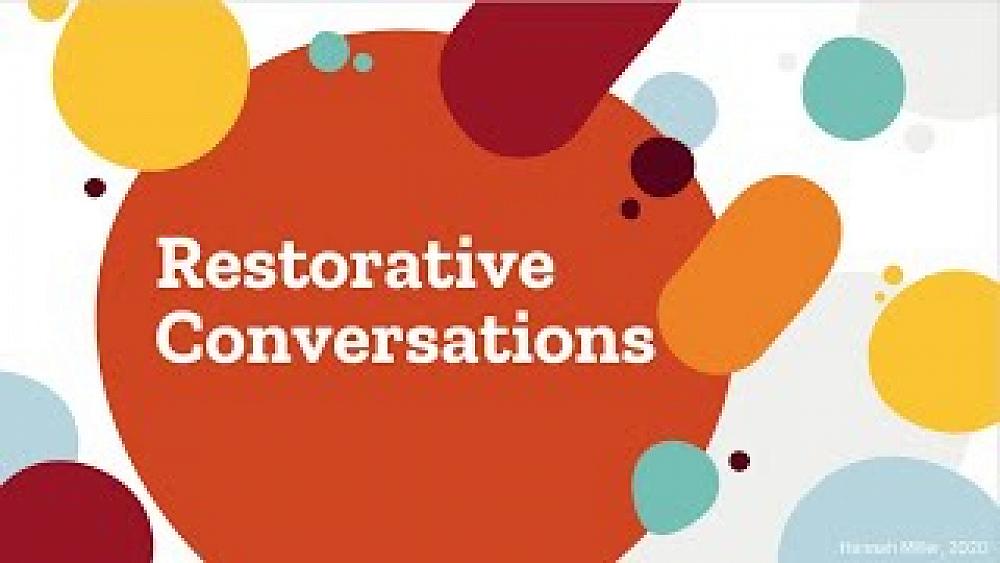
Restorative Conversations
When challenged to de-escalate conflicts and potentially volatile situations between students, restorative conversations can be a powerful tool for school behavior intervention support staff, such as counselors, social workers, psychologists, and other professionals.
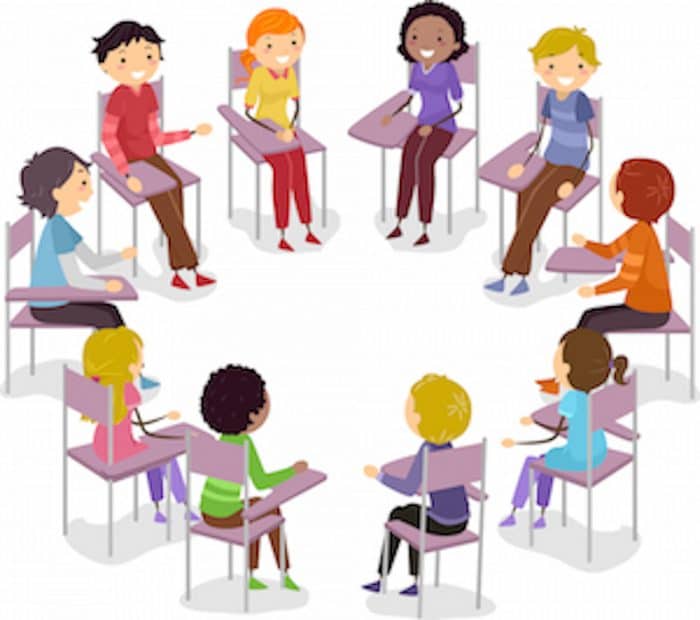
What are Restorative Circles and How to Conduct Them
A responsive dialogue process facilitated by a trained circle keeper, and used to resolve incidents of harm, including as participants all involved and affected by the incident or incidents. A talking piece, discussion of values, and personal narrative are distinctive features of this process. Restorative Circles provide a safe and structured.
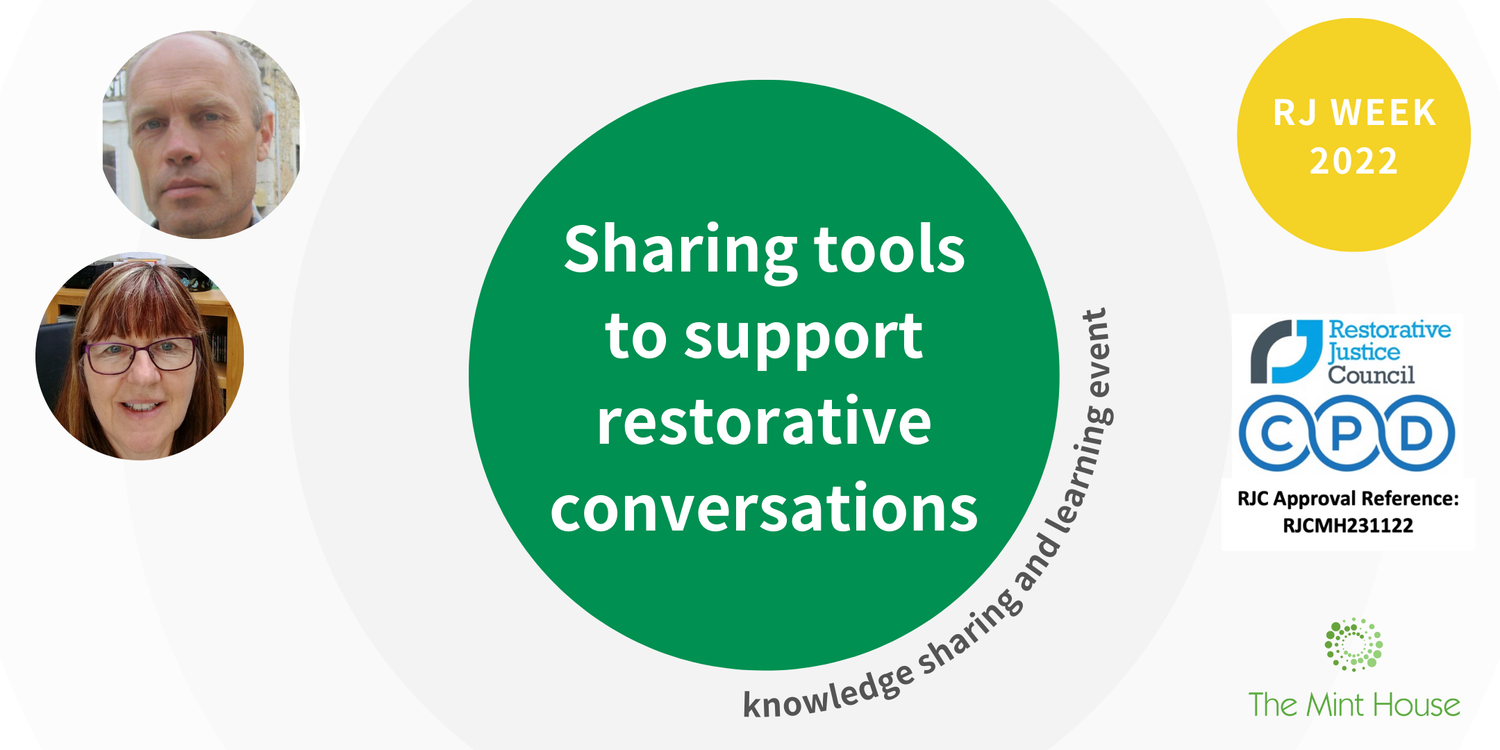
Sharing tools to support restorative conversations — The Mint House
Restorative conversations: informal and formal day to day situations, conflicts and Problem-solving circles anti-social behaviour. Restorative pedadgogy: Social skills learning. UNIVERSAL (Developing social and emotional capacity) Building social confidence and a sense of social responsibility.

3 Types of Restorative Circles • Examples of Restorative Circles
Restorative conversations can be used for. Staff and individual in distress. 1st possible reason for learning 4 Behavior Development Levels and accompanying Staff Attitudes.. 3 reasons one should use the supportive stance. Communication, respect, non threatening, and safety.
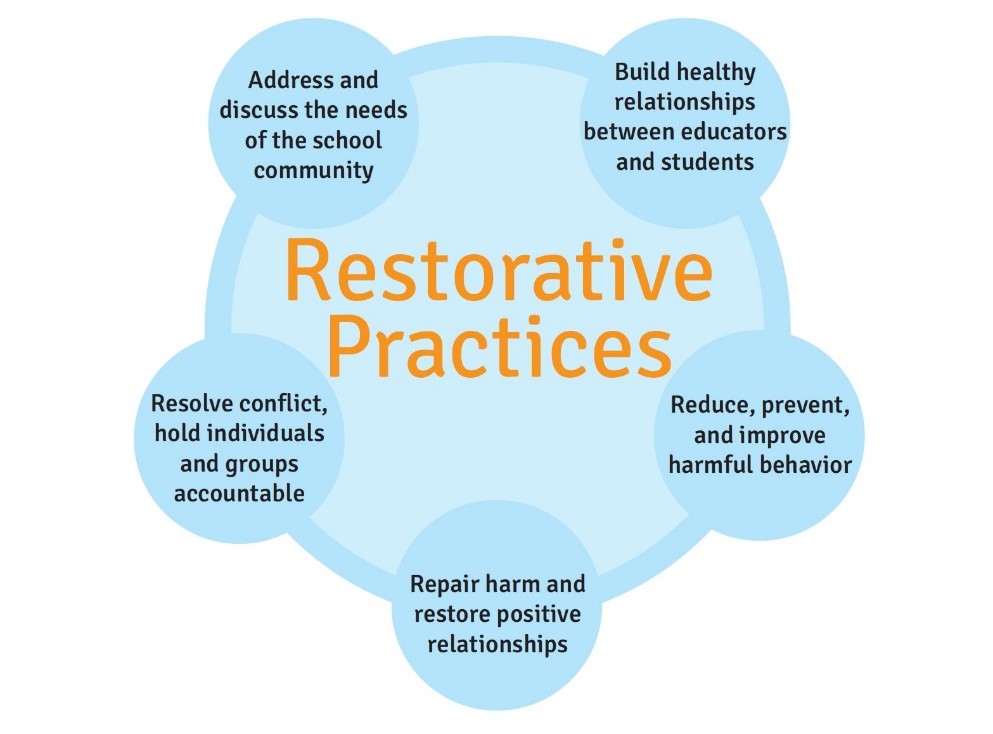
Virtual Restorative Practices Support Community Partners United Way of Asheville and
This toolkit provides educators with strategies and resources for engaging in restorative conversations with students. These tools include a student reflection guide, an educator reflection guide, a discussion guide to prompt class discussions around restorative approaches, an apology guide to support students in developing meaningful apologies, and a set of starter questions and phrases to.

The School Counselor's Role in Restorative Practices Confident Counselors school counselors
Restorative practices support students as they begin to understand the impact of their actions on others and deepen their relationships with their teachers and peers. OBJECTIVE: Educators will be able to engage in restorative conversations with individual students.
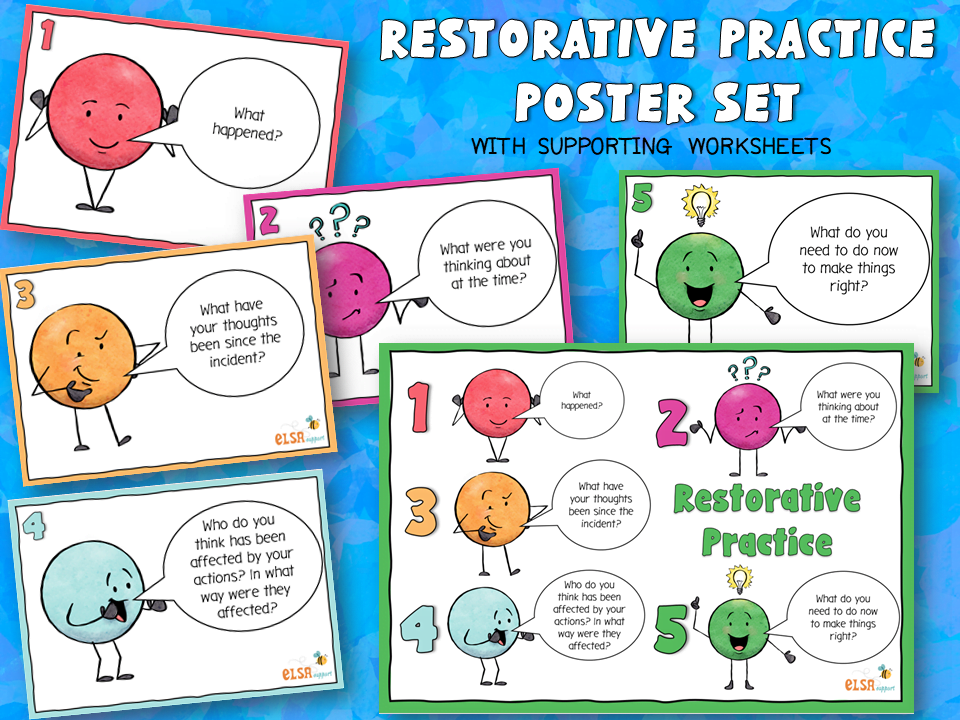
Restorative Practice poster set Elsa Support for emotional literacy
In a restorative classroom, there are a couple ways we can demonstrate that we are listening. First is by mirroring their emotions and feelings about a topic. If they are serious when they are.

Restorative Practice poster set ELSA Support for emotional literacy Restorative practices
Restorative Conversations or "chats" may be formal or informal discussions that use restorative dialogue and questions and empathetic listening to guide people through reflection, problem solving, and repairing harm.
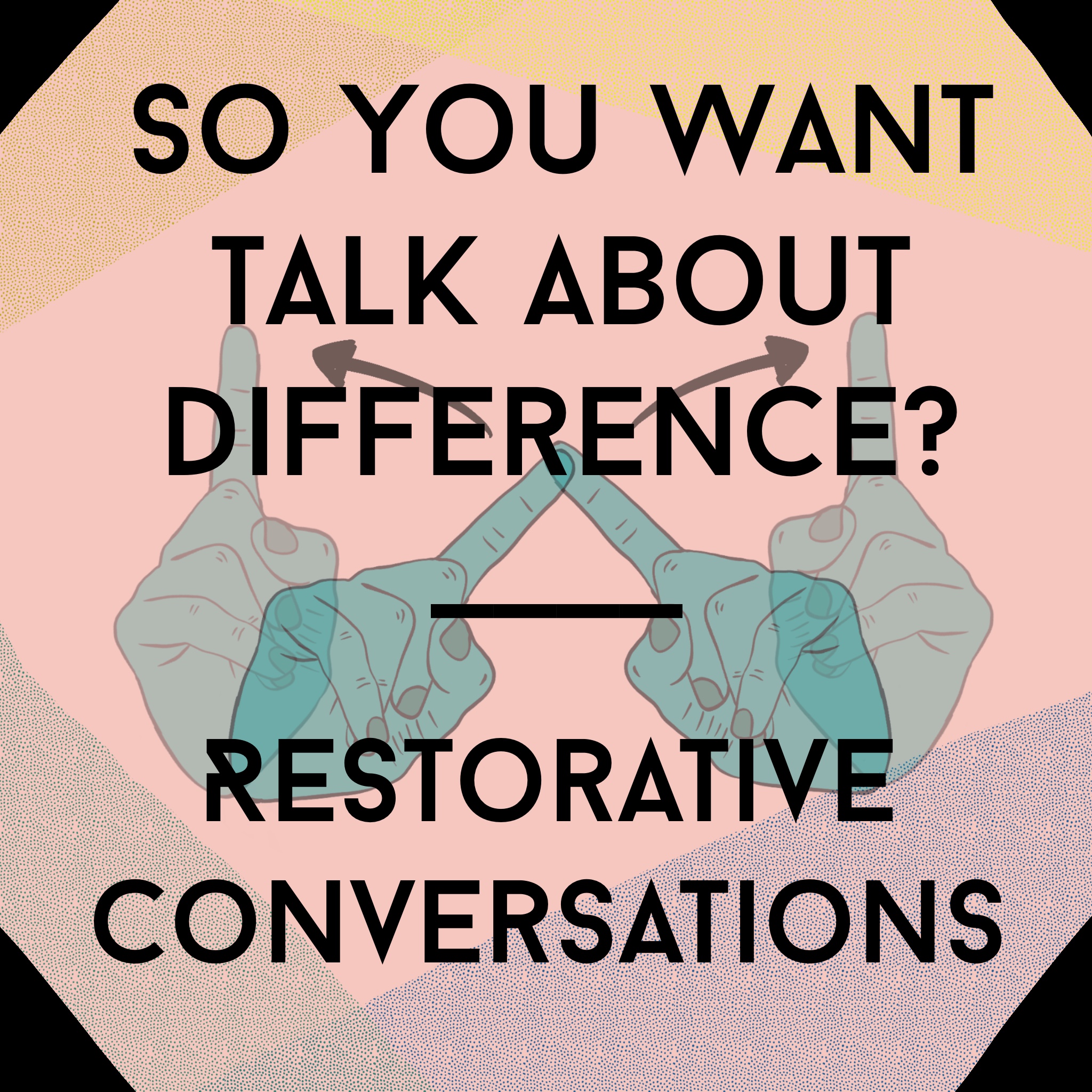
So You Wanna Talk About Difference? Restorative Conversations ASLIS
Tools Share Abstract During recess a conflict occurred between two fourth graders. A peer attempted to mediate unsuccessfully. Frustrated, the student protested, " [Teachers] never listen to us!" The student felt unheard and sought to play a more active role in conflict resolution.

How to have a restorative chat! Behaviour Strategies, Behavior Interventions, Social Work
Circles can be used for a variety of purposes, such as building relationship and community, problem solving, decision making, conflict resolution, and for academic discussions about content. Restorative practice circles task each participant to (1) listen from the heart, (2) speak from the heart, (3) be honest and respectful, and (4) say enough.

Restorative Conversations — Abolitionist Toolbox
A restorative approach may include having a 'restorative conversation'. These conversations may happen during the school day and practitioners will use restorative language and questions to allow children and young people to understand the impact of their behaviours.